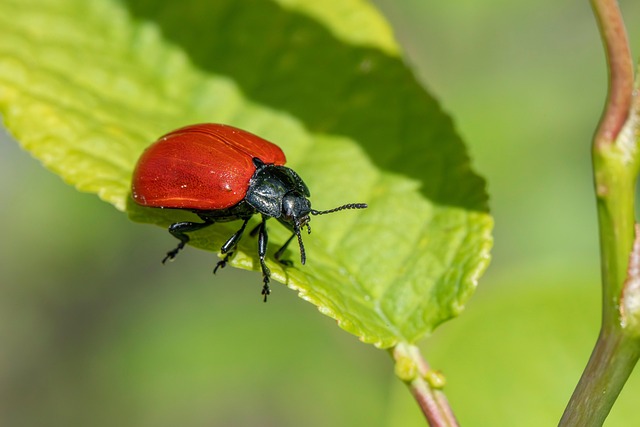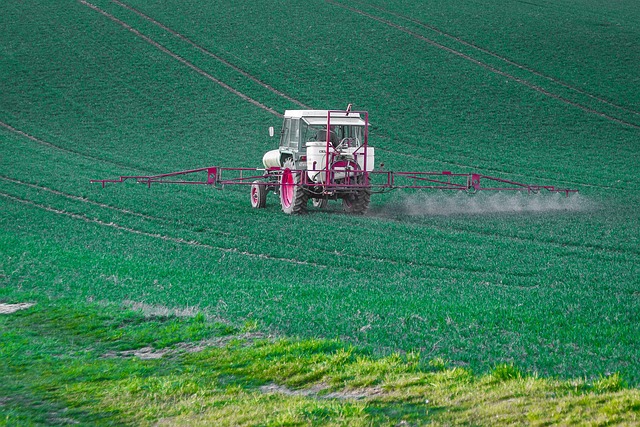Regularly checking for animal tracks in your Centennial yard is an effective way to identify wildlife activity early, preventing significant damage. By examining paw prints and patterns, you can determine which animals like squirrels, raccoons, or deer have visited, enabling you to take tailored action for repair and control, maintaining a safe, secure environment.
“Unwelcome visitors can leave their mark on your Centennial yard through wildlife damage. This comprehensive guide delves into the world of wildlife control and repair, empowering homeowners to understand and mitigate potential issues. Learn to identify common wildlife activities and recognize various animal tracks and signs in your yard using effective tracking techniques. By understanding these behaviors, you can effectively assess damage, implement preventive measures, and restore your Centennial haven to its optimal state.”
- Understanding Wildlife Damage and Its Signs in Your Yard
- – Recognizing common wildlife activities
- – Identifying different animal tracks and signs
Understanding Wildlife Damage and Its Signs in Your Yard

Wildlife damage can leave your Centennial yard looking messy and cause significant structural harm to homes and buildings. Understanding what signs to look for is crucial in identifying potential problems early on. One of the most direct ways to identify wildlife activity is by examining the presence of animal tracks. These tracks offer valuable insights into which creatures have been visiting your property, whether it’s squirrels, raccoons, or even larger animals like deer.
By paying close attention to the shape, size, and pattern of these tracks, you can gain a better understanding of the types of wildlife present. Regularly checking for fresh signs, such as paw prints or scuff marks, will help you stay ahead of potential damage and allow for prompt action to be taken, ensuring your yard remains safe and secure.
– Recognizing common wildlife activities

Recognizing common wildlife activities is the first step in effective wildlife control and damage repair, especially when dealing with your Centennial yard. One of the most straightforward ways to identify wildlife presence is by examining the tracks left behind. Animal tracks can provide valuable insights into the types of creatures venturing into your space and their recent activity levels. For instance, the distinct shapes and sizes of dog-like prints might indicate a raccoon’s visit, while smaller, rounded paw marks could suggest squirrels or chipmunks are frequenting your yard.
By learning to identify these tracks, you can gather evidence of wildlife interaction and take appropriate measures. This knowledge empowers homeowners to understand the behavior patterns of local fauna, enabling them to implement tailored strategies for prevention and repair, ensuring a harmonious balance between your property and the surrounding natural environment.
– Identifying different animal tracks and signs

Identifying animal tracks and signs is a crucial first step in addressing wildlife damage repair, especially if you’re trying to understand what critters have been visiting your Centennial yard. By examining the ground for distinctive paw prints, you can determine which animals have left their mark. Common track patterns include round or oval shapes for rodents like mice and voles, elongated triangular prints from raccoons, and larger, more robust tracks belonging to deer.
Paying attention to other signs, such as droppings (a telltale clue for many species), gnawed vegetation, or peculiar holes in your yard, will further aid in identifying the culprit. These visual cues can provide valuable insights into the types of wildlife frequenting your property and help guide you toward effective prevention and control strategies tailored to each specific visitor.
Understanding wildlife damage is the first step towards repairing your Centennial yard. By recognizing common activities and learning to identify animal tracks, you can effectively navigate the challenges posed by these natural visitors. Remember, each creature plays its role in the ecosystem, but when their behavior causes damage, taking proactive measures is crucial. Armed with knowledge about identifying tracks and signs, you’re better equipped to maintain a harmonious balance between your yard and the local wildlife population.
